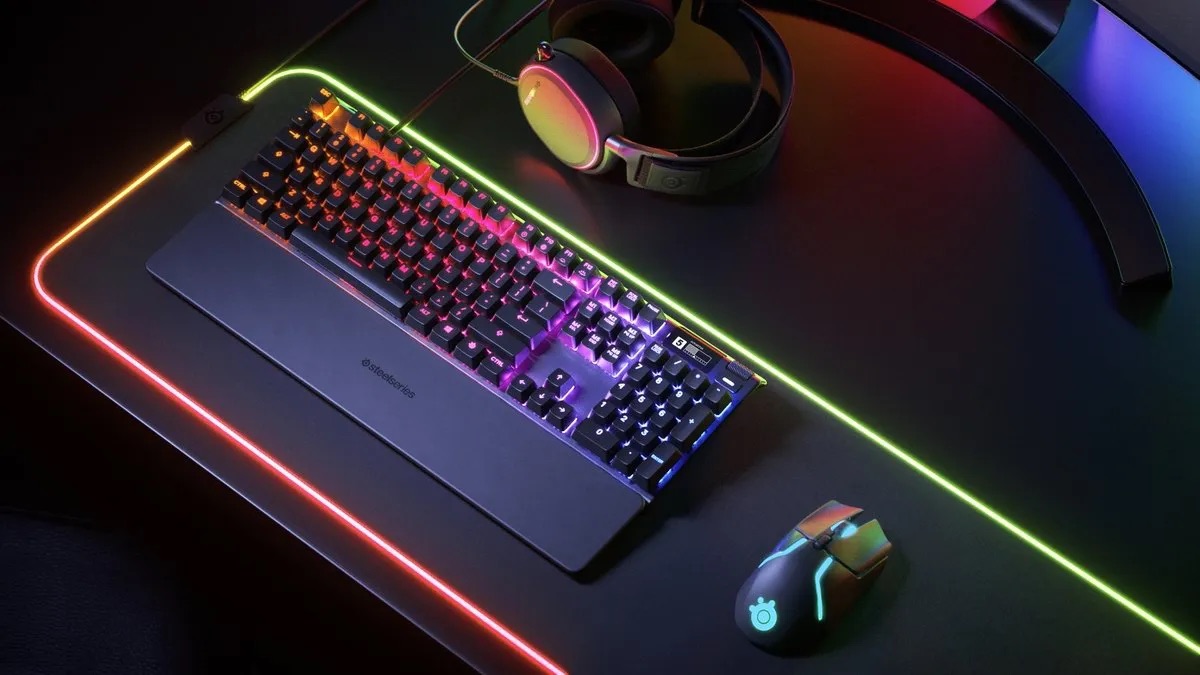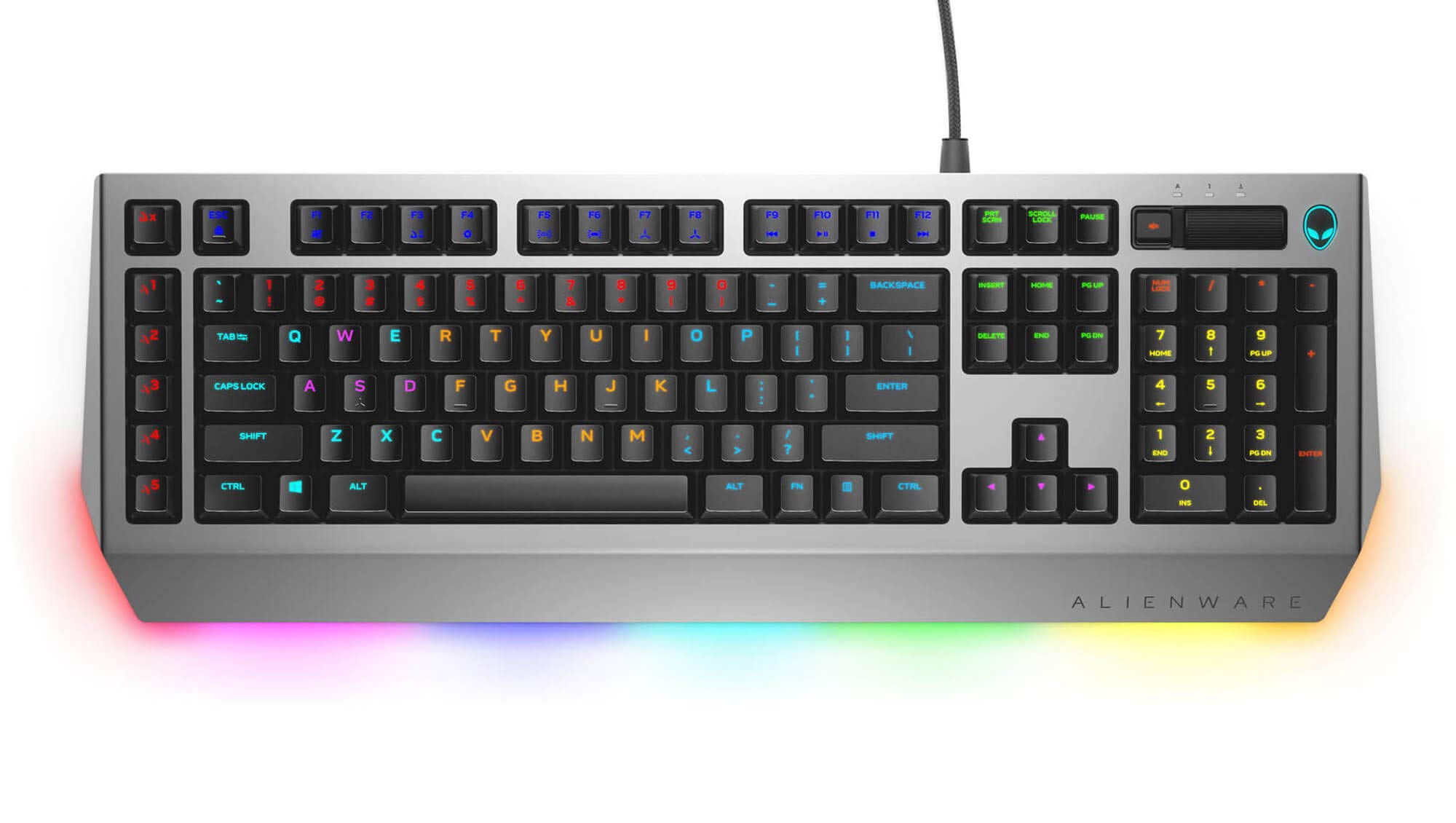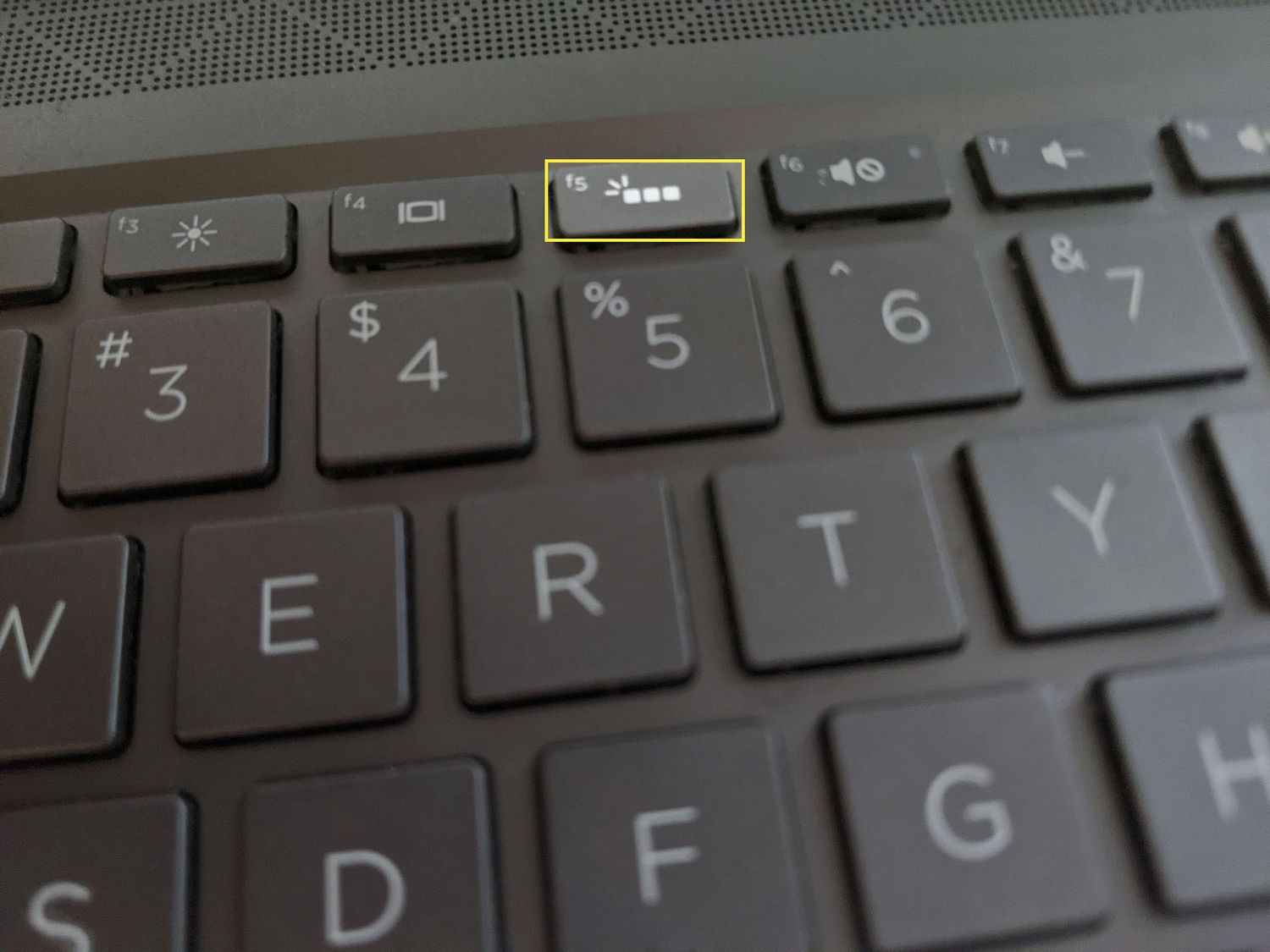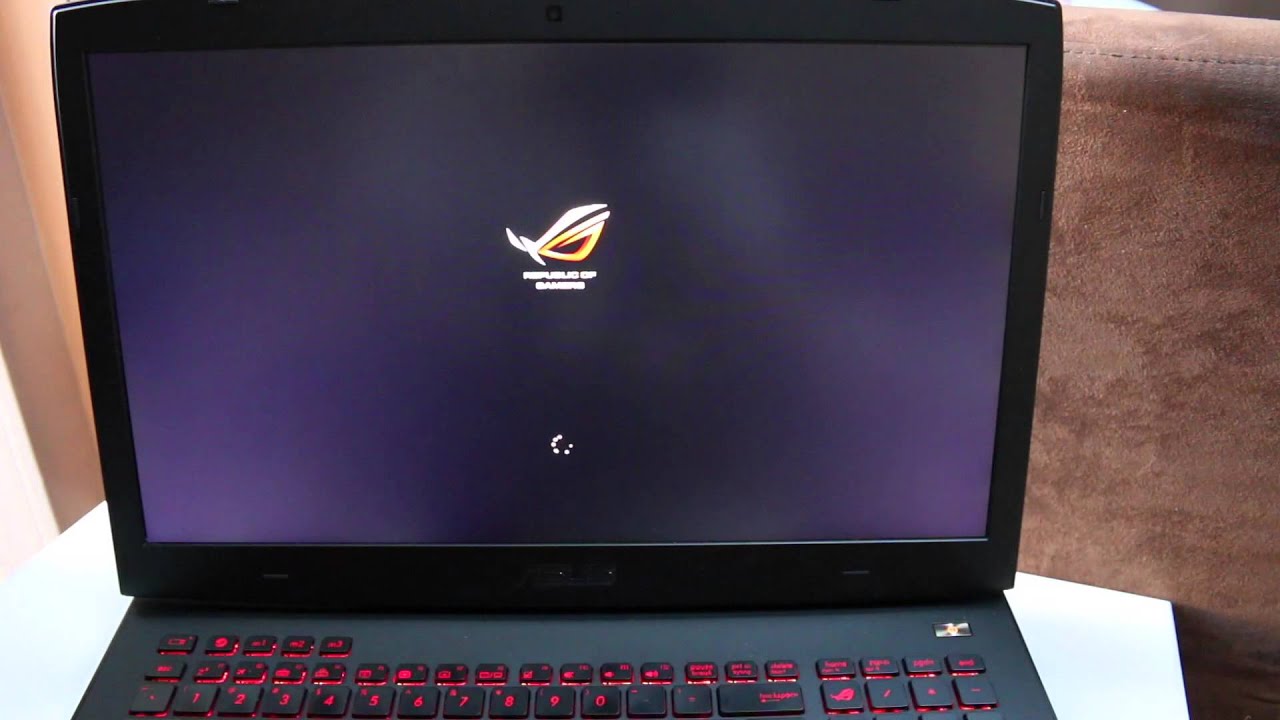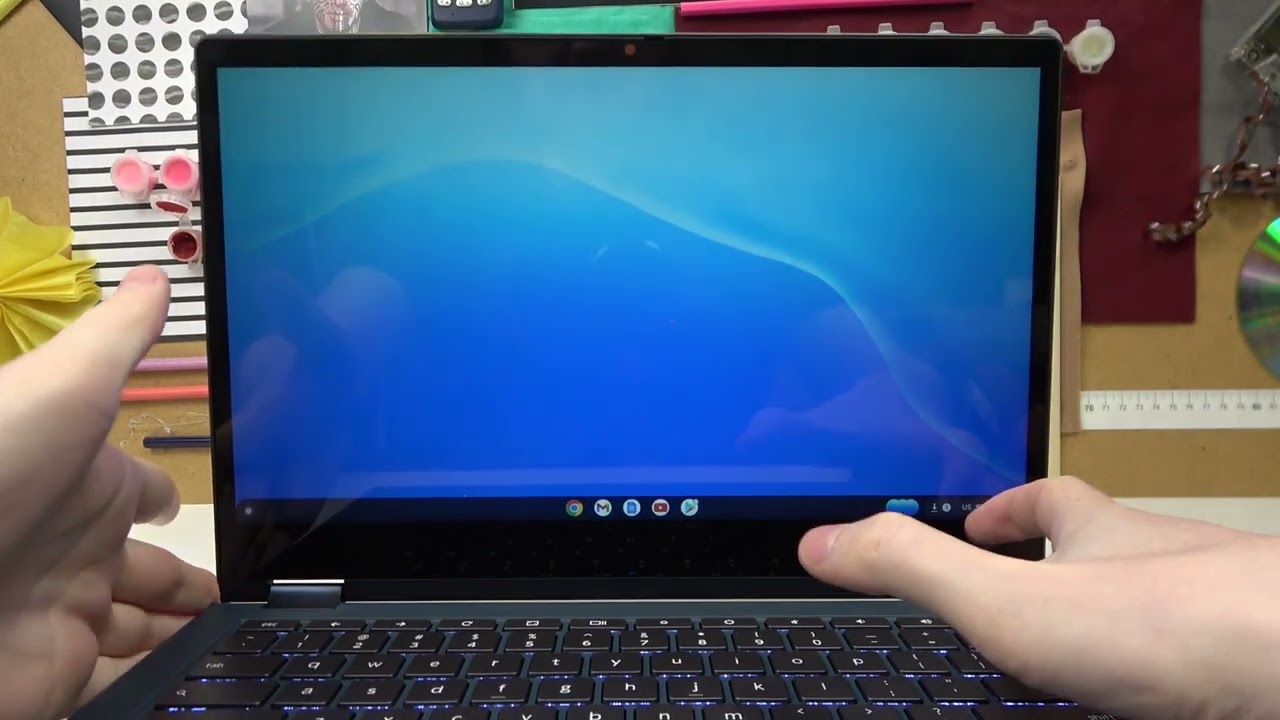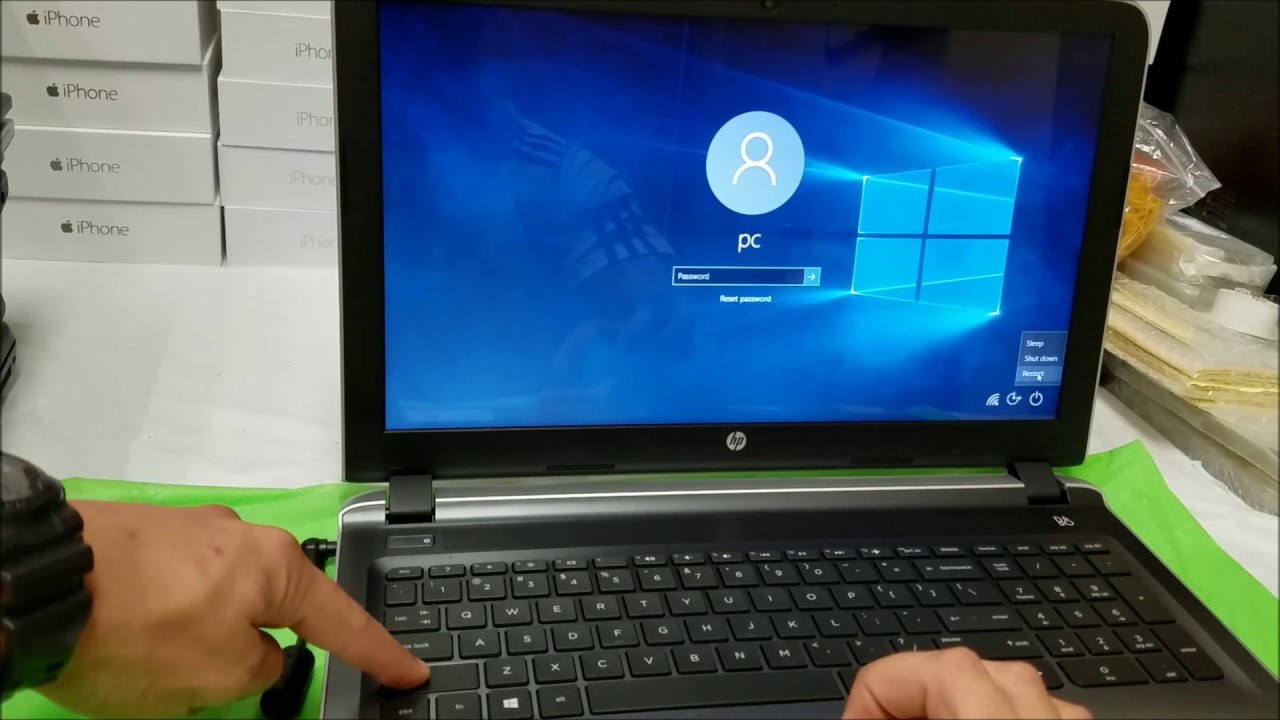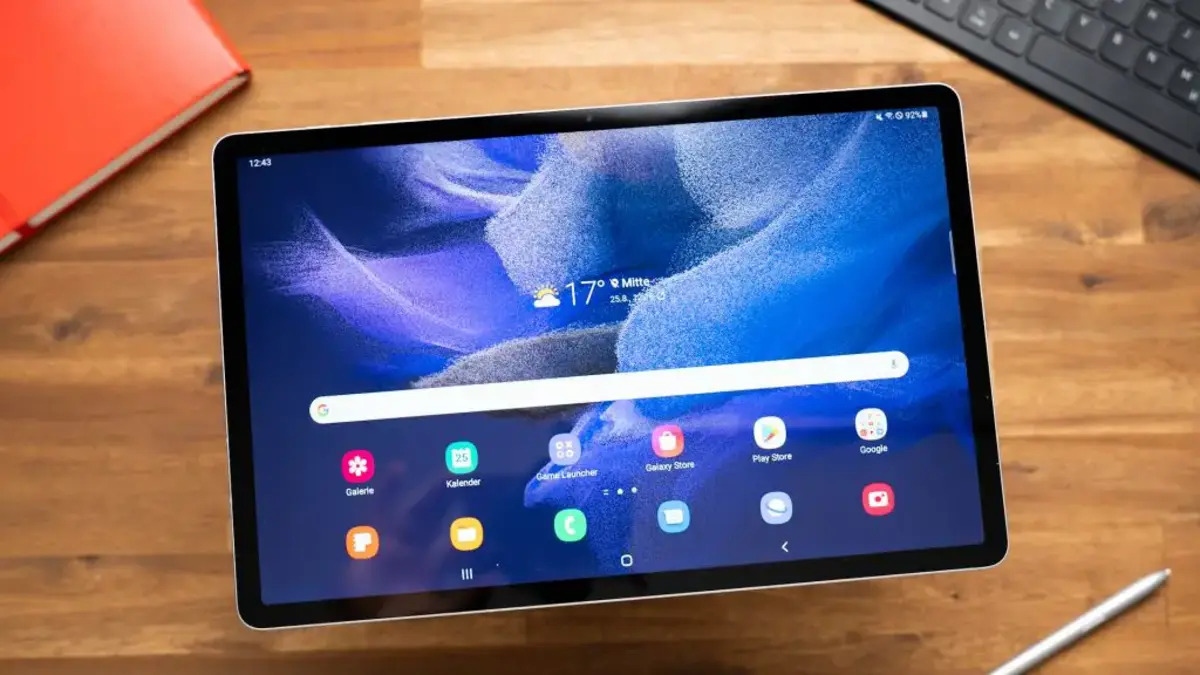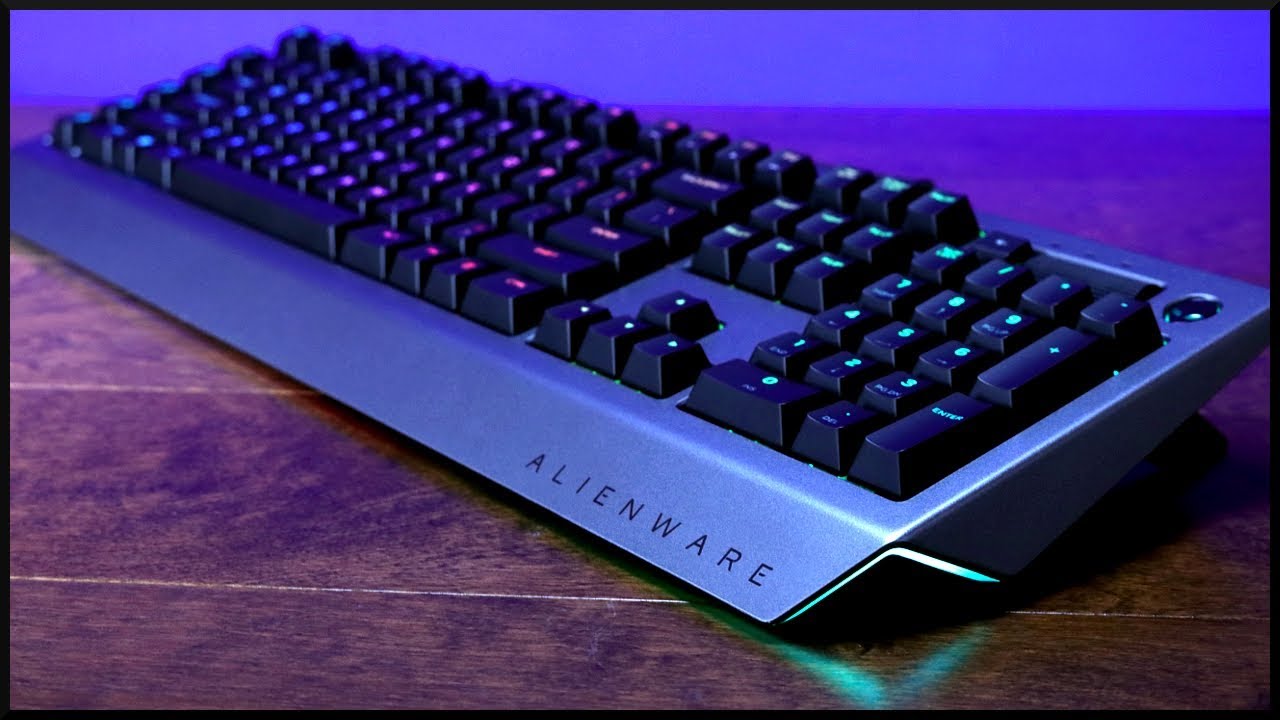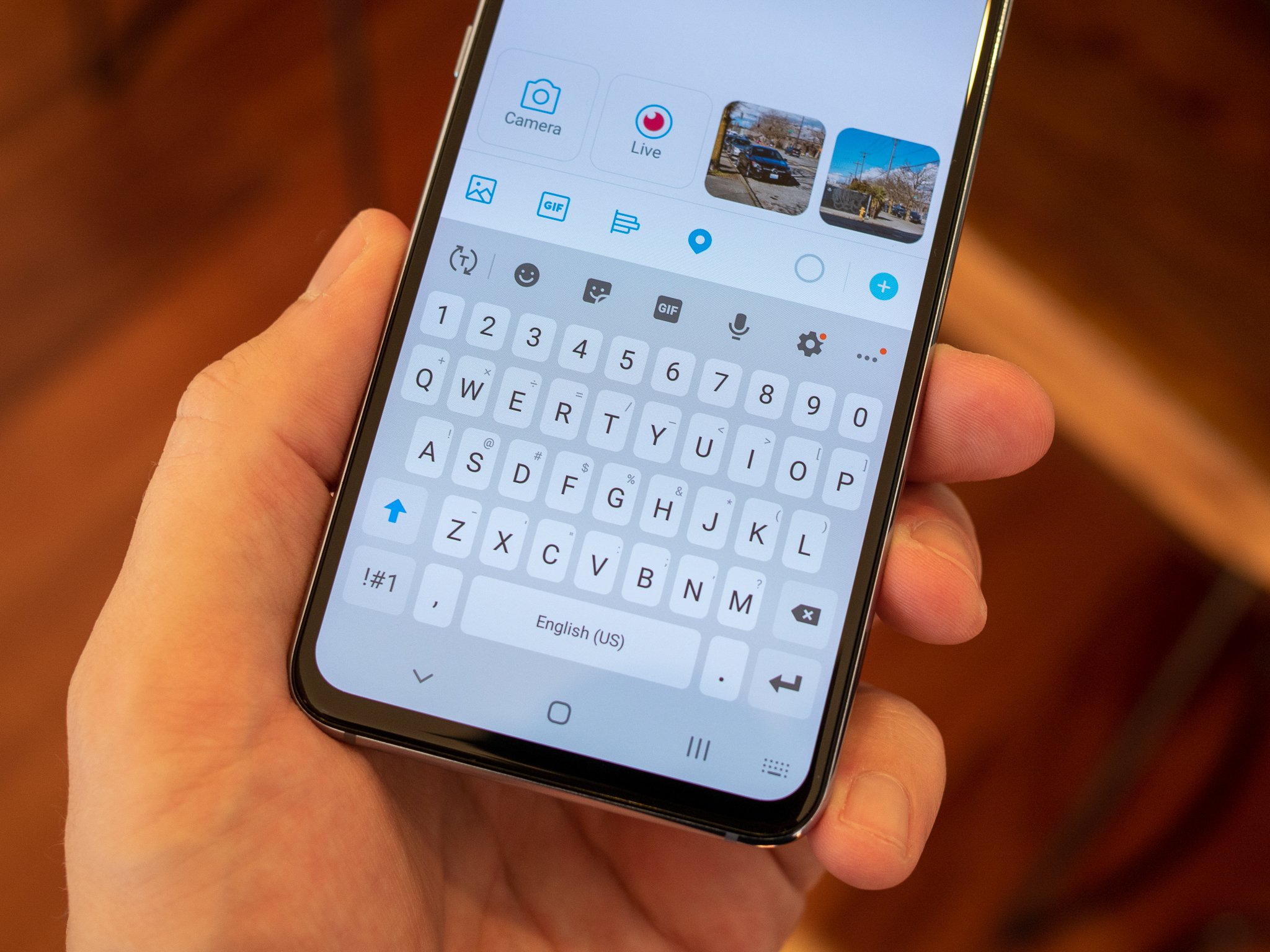Introduction
Introduction
Gaming keyboards are essential tools for gamers, offering customizable keys, advanced features, and ergonomic designs. However, there are instances when a gaming keyboard may require a reset to restore it to its original factory settings. This can be necessary if the keyboard is experiencing technical issues, erratic behavior, or if it needs to be reconfigured for a different user. Resetting a gaming keyboard to its factory conditions can help resolve various issues and ensure optimal performance during intense gaming sessions.
A gaming keyboard reset involves reverting all settings, including macros, lighting effects, and custom key assignments, back to their default configurations. This process can effectively eliminate any glitches, malfunctions, or inconsistencies that may have developed over time. Additionally, performing a reset can be beneficial when preparing the keyboard for resale or when troubleshooting persistent issues that cannot be resolved through conventional methods.
In the following sections, we will delve into the reasons why resetting a gaming keyboard is necessary and provide a comprehensive guide outlining the steps to reset a gaming keyboard to its factory conditions. Whether you are encountering technical issues or simply wish to restore your gaming keyboard to its original state, understanding the reset process can be invaluable for maintaining the functionality and longevity of your gaming peripherals.
Why Resetting a Gaming Keyboard is Necessary
Resetting a gaming keyboard to its factory conditions is necessary for several reasons, each contributing to the overall performance and functionality of the device. Here are the primary reasons why a reset may be required:
- Resolving Technical Issues: Over time, gaming keyboards may encounter technical issues such as unresponsive keys, erratic behavior, or connectivity problems. Resetting the keyboard to its factory settings can effectively troubleshoot and resolve these issues, providing a fresh start for the device.
- Restoring Default Configurations: Customizations such as macros, key assignments, and lighting effects may lead to inconsistencies or conflicts within the keyboard’s settings. By resetting the keyboard to its default configurations, any conflicting customizations are eliminated, ensuring smooth and reliable performance.
- Preparing for Resale or Transfer: When preparing to sell or transfer a gaming keyboard, resetting it to its factory conditions ensures that the new user will have a clean slate to work with. This is particularly important for maintaining the privacy and integrity of the previous user’s customizations and settings.
- Troubleshooting Persistent Issues: In cases where conventional troubleshooting methods fail to resolve persistent issues, a complete reset can serve as a comprehensive troubleshooting step, potentially resolving complex or deeply rooted problems within the keyboard’s software or firmware.
- Optimizing Performance: Resetting a gaming keyboard can help optimize its performance by clearing any accumulated errors or inconsistencies in the settings. This can lead to improved responsiveness, reduced input lag, and overall enhanced gaming experience.
By understanding the necessity of resetting a gaming keyboard, users can effectively address various issues and maintain the optimal functionality of their gaming peripherals. In the following section, we will explore the step-by-step process of resetting a gaming keyboard to its factory conditions, providing a comprehensive guide for users seeking to perform this essential maintenance task.
Steps to Reset a Gaming Keyboard to Factory Conditions
Resetting a gaming keyboard to its factory conditions involves a series of steps to ensure that all customizations and settings are reverted to their original state. While the specific process may vary depending on the keyboard model, the following general steps can guide users through the reset procedure:
- Locate the Reset Button: Many gaming keyboards are equipped with a dedicated reset button, typically located on the back or underside of the device. This button may be recessed to prevent accidental activation.
- Power Off the Keyboard: Before initiating the reset, ensure that the keyboard is powered off to prevent any data loss or interruptions during the process.
- Press and Hold the Reset Button: Using a small tool such as a paperclip or pin, press and hold the reset button for a specified duration, typically ranging from 5 to 10 seconds. Some keyboards may require a longer duration for the reset process to commence.
- Observe the Reset Indication: While holding the reset button, observe the keyboard for any indication that the reset process has been initiated. This may include LED flashes, changes in lighting patterns, or audible cues, depending on the keyboard model.
- Release the Reset Button: Once the reset process has been initiated, release the reset button and wait for the keyboard to complete the reset procedure. This may be indicated by the keyboard’s lights turning off and then back on, signaling that the factory reset is complete.
- Reconnect and Test: After the reset is complete, reconnect the keyboard to the computer and test its functionality. Verify that all customizations have been restored to their default settings and ensure that the keyboard is responsive and functioning as expected.
It is important to refer to the specific instructions provided by the keyboard’s manufacturer to ensure the correct reset procedure is followed. Additionally, some gaming keyboards may require alternative methods, such as key combinations or software-based resets, which should be outlined in the product’s user manual or official support documentation.
By following these steps, users can effectively reset their gaming keyboards to factory conditions, addressing technical issues, restoring default configurations, and optimizing the performance of their gaming peripherals.







